Although the LSU Museum of Natural Sciences has been around for decades, it remains a hidden gem at the state’s largest university. The museum is tucked away in Foster Hall, a nearly century-old building on the LSU campus in Baton Rouge.
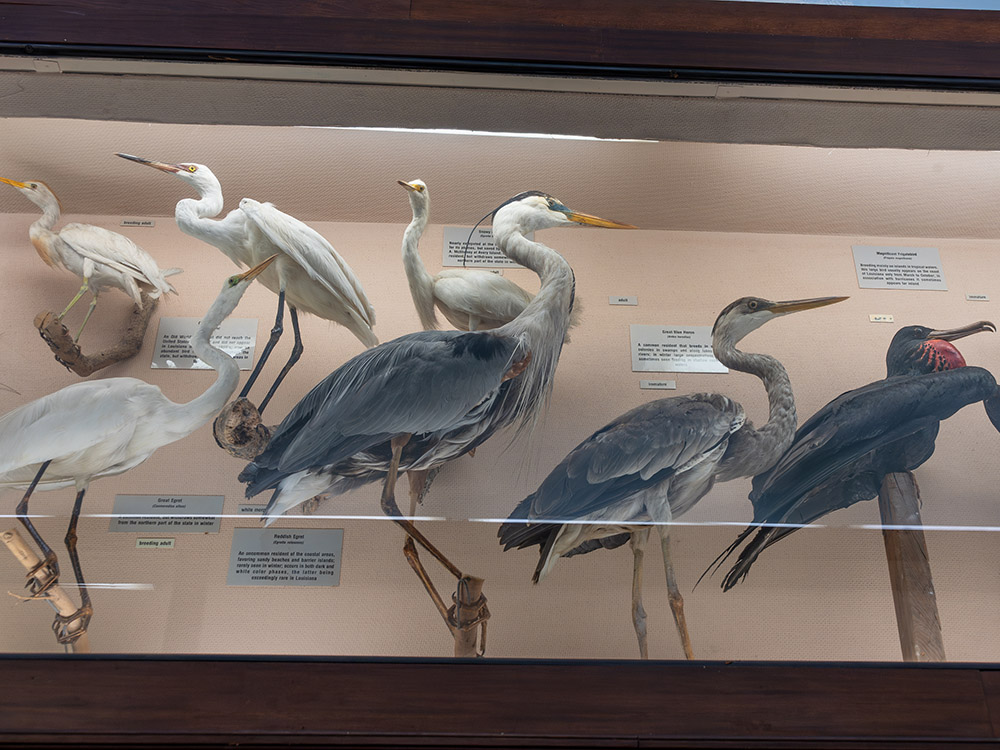
Natural science museum features wildlife
The museum boasts original dioramas from the mid-twentieth century, depicting animals in their native environments.

Visitors can journey from a Louisiana swamp to a desert scene with cacti, and even to an Arctic display featuring a polar bear. One of the museum’s unique attractions is the preserved “Mike the Tiger,” LSU’s first mascot from the 1930s, which roars with the push of a button.
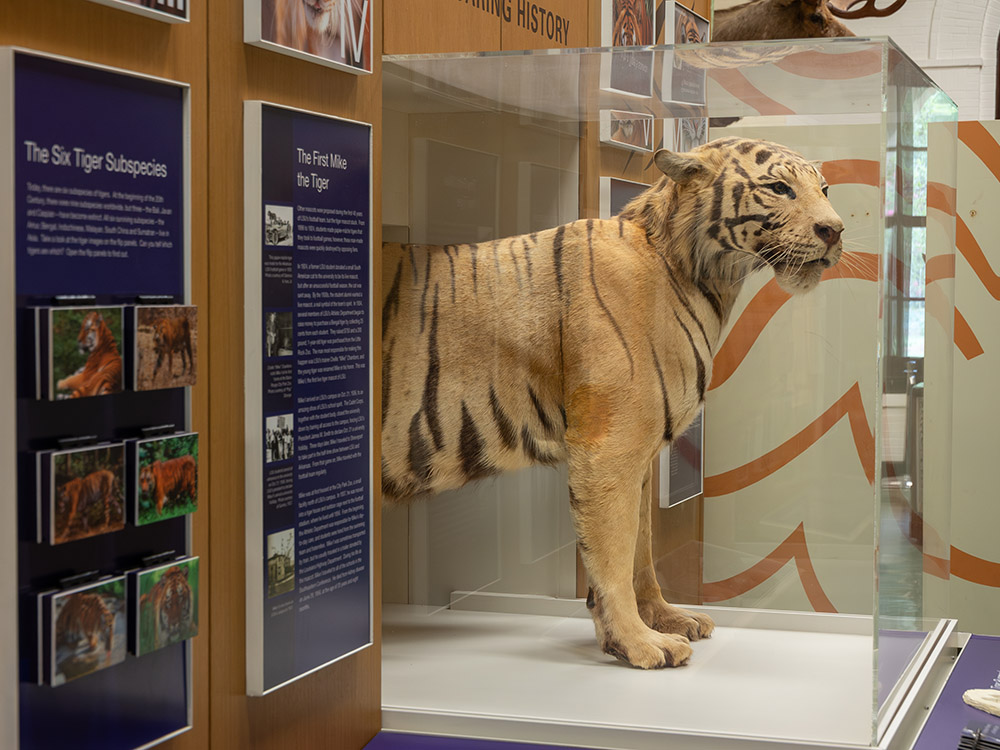
Louisiana birds on display
The museum also showcases an extensive collection of native Louisiana birds, including bald eagles, hawks, and various colorful songbirds and wading birds such as herons, egrets, and spoonbills. Among these is the ivory-billed woodpecker, a species believed by many to be extinct.

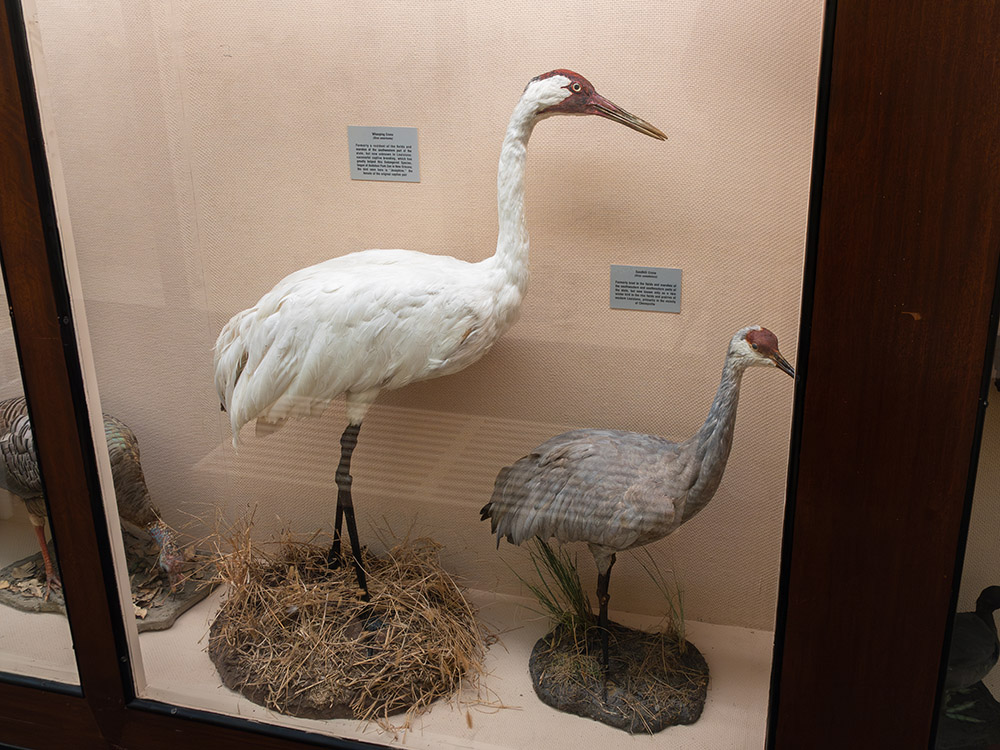
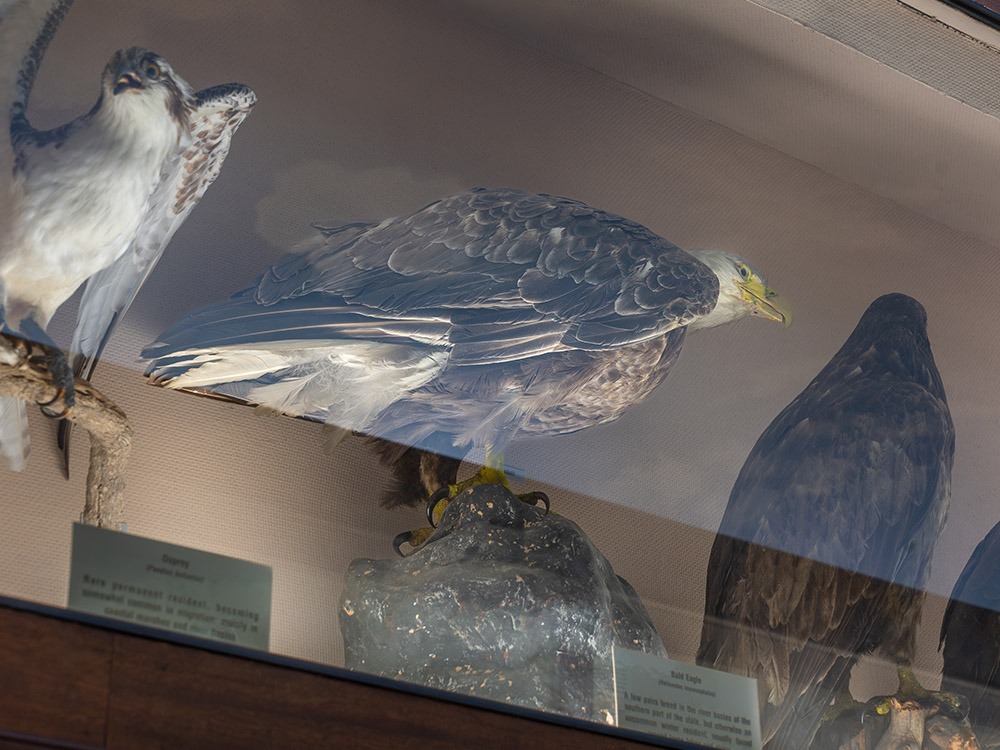
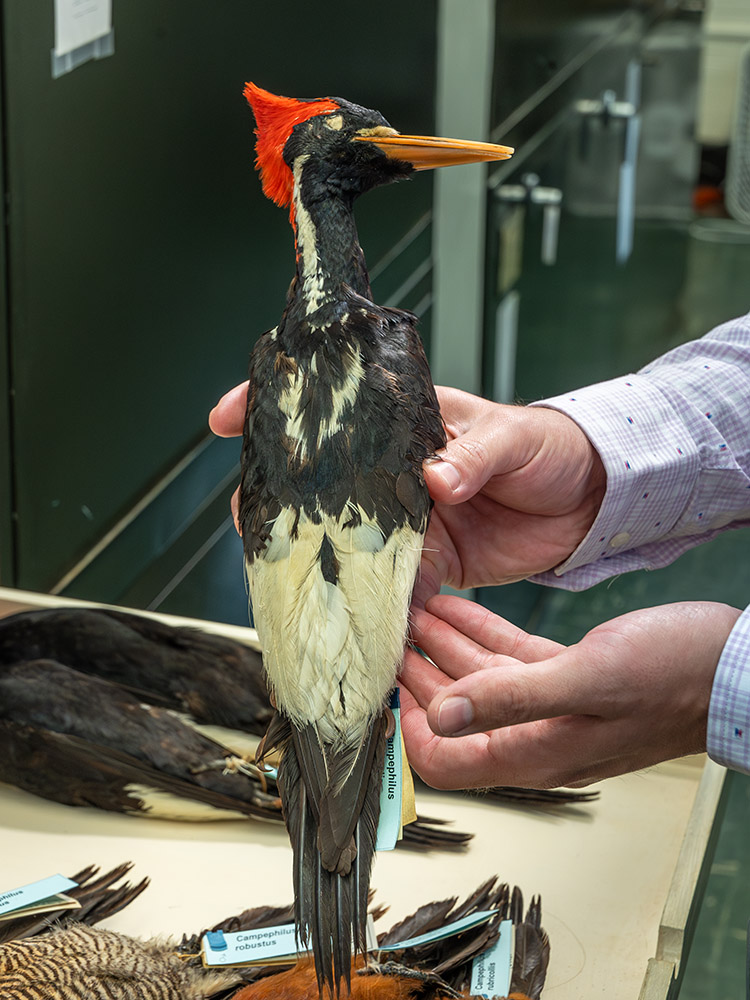
lsu museum of natural history and bird collection on tv
behind the scenes bird research at lsu
Dr. Nicholas Mason takes me behind the scenes to LSU’s bird research center, where nearly a quarter million bird specimens are housed. Mason is LSU’s curator of birds. “In terms of diversity,” Mason explains, “there’s about 11,500 species of birds on our planet, and we have representation for about 6,500 of those.” This means LSU’s collection includes more than half of the known bird species on Earth.

studying birds and biodiversity
The lab area is filled with rows of metal cabinets containing hundreds of shallow sliding drawers, each loaded with the “round skins” of thousands of birds. The birds’ organs and most bones are removed, leaving the feather-covered skins for study. These specimens serve as “a timestamp for what that population and that species looked like at that time and place,” according to Mason. That allows researchers to track changes over the years. Researchers often look to birds as early indicators of environmental changes.
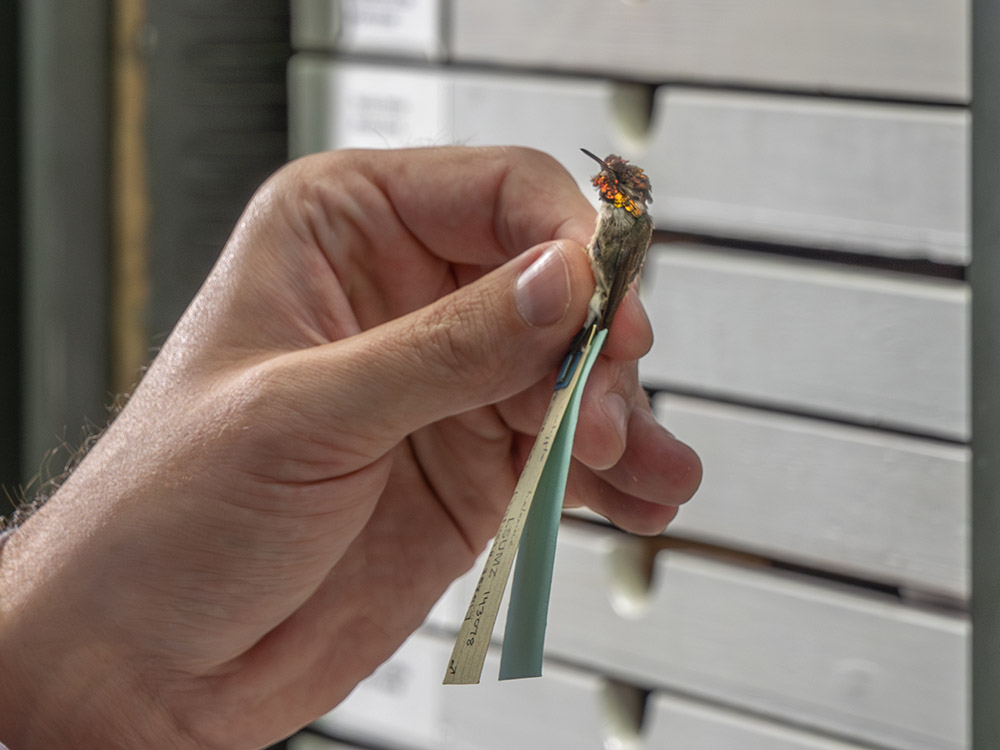
The variety of birds in the collection is impressive, ranging from the tiny bee hummingbird to the towering greater rhea, which can stand over five feet tall. The sword-billed hummingbird, with its extraordinarily long bill, holds the record for the longest bill-to-body ratio of any bird species.
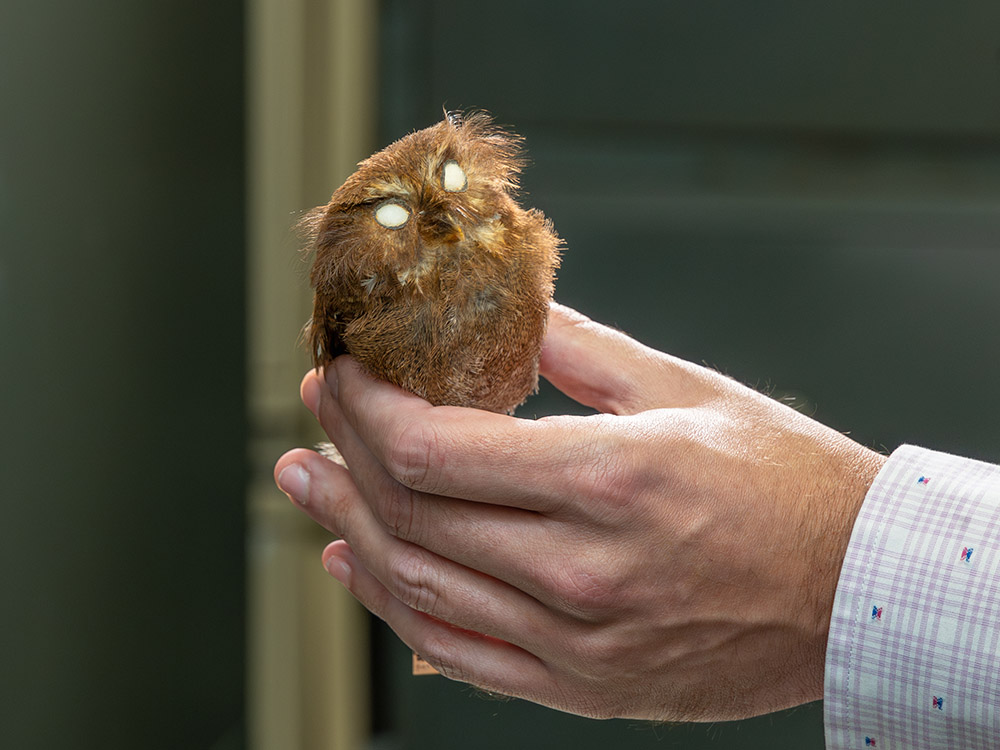
discovering new species of birds
Most of the bird research at LSU focuses on biodiversity. LSU ornithologists regularly travel to Central and South America, regions rich in avian species. “South America has the largest number of species of any of the continents,” Mason notes, adding that LSU has the world’s largest collection of birds from Peru and Bolivia. On these field trips, LSU ornithologists have discovered 45 new bird species. Mason displays one such discovery, a short-whiskered owlet named xenoglaux loweri.
GETTING THERE
The LSU Museum of Natural Scienses is located at 119 Foster Hall on the LSU campus in Baton Rouge. The museum is free to visit at open from 8am-4pm Monday through Friday, with a 2pm closure on Friday. The museum is closed Saturday, Sunday and state holidays. For more information, go to the museum’s website: LSU Museum of Natural Science

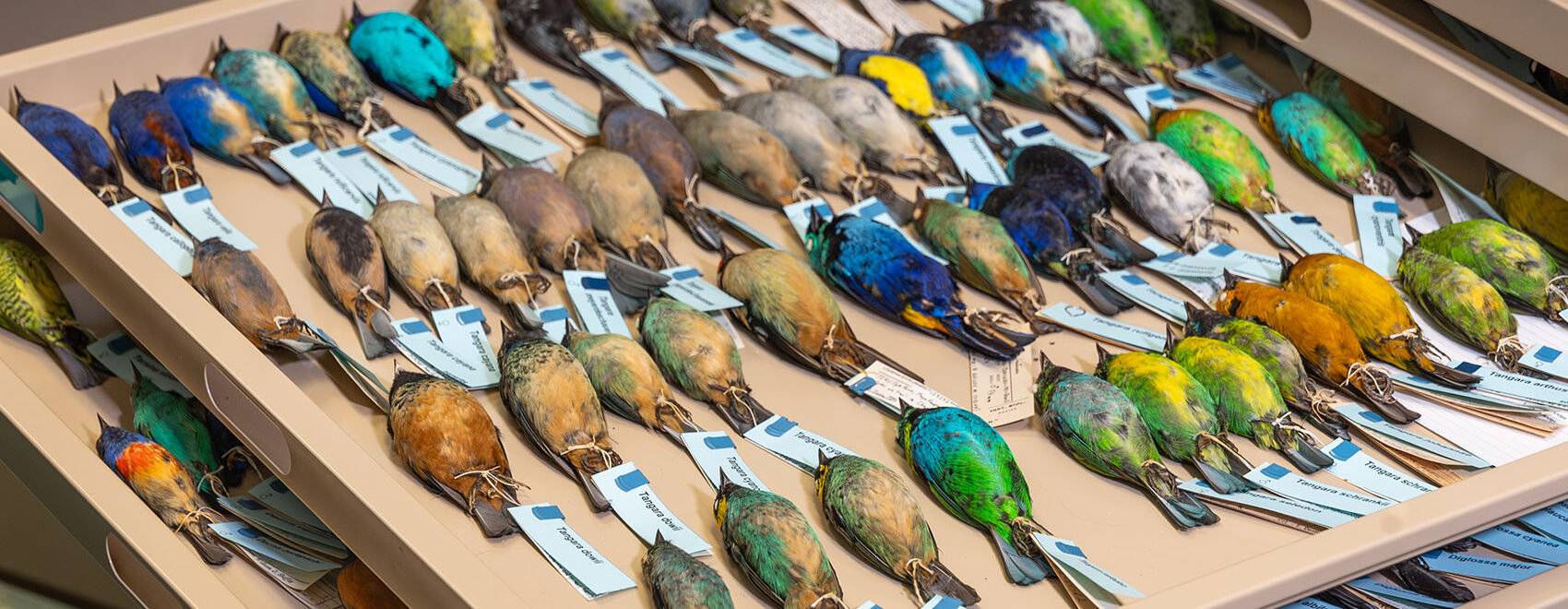


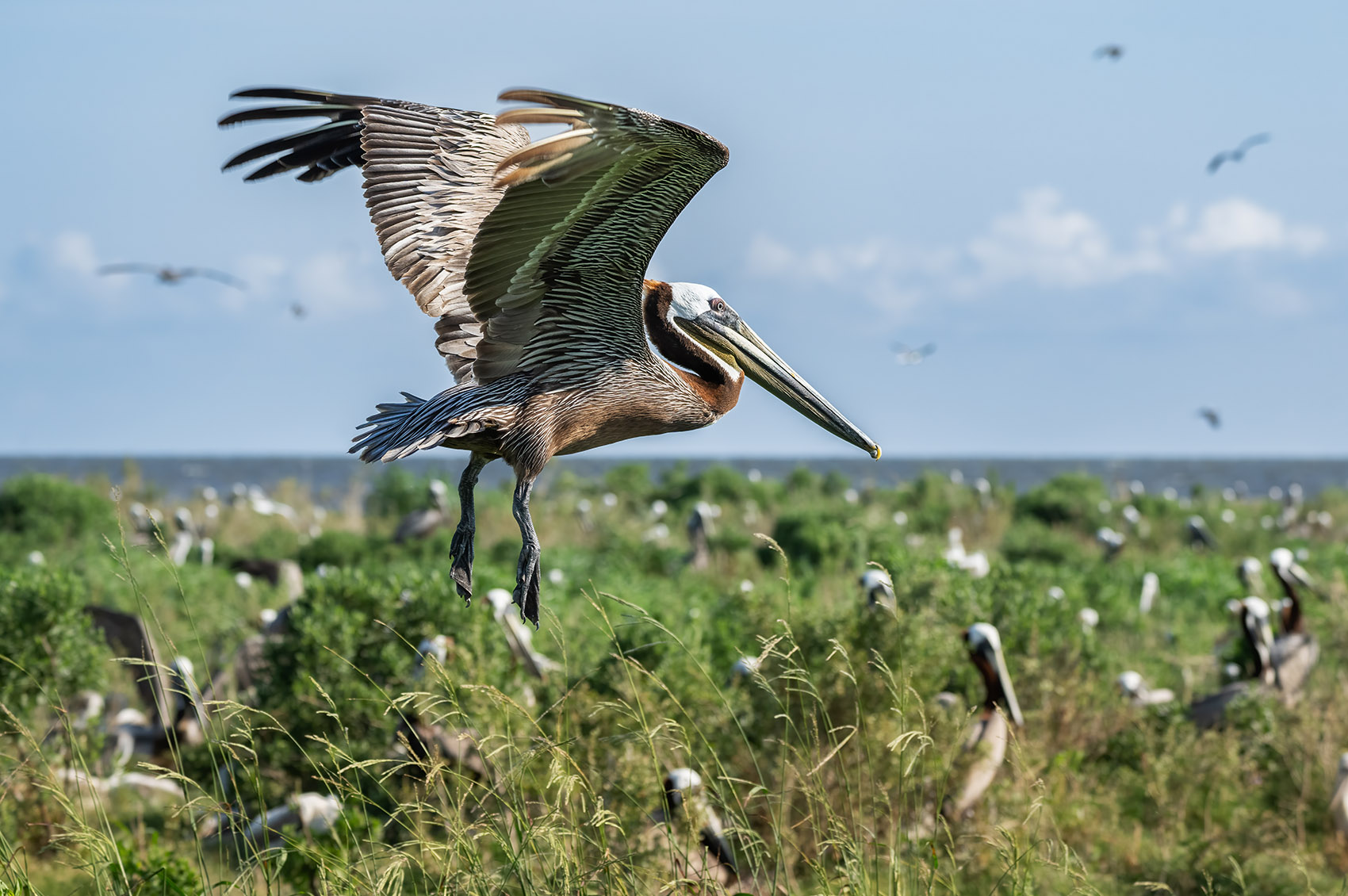
Gregg E. Gorton
Nice to see photos of some awesome birds, such as the Ivory-billed WP and John O’Neill’s namesake *Long*-whiskered Owlet! What a unique tradition of recent discovery (over the past sixty years!) the museum has!